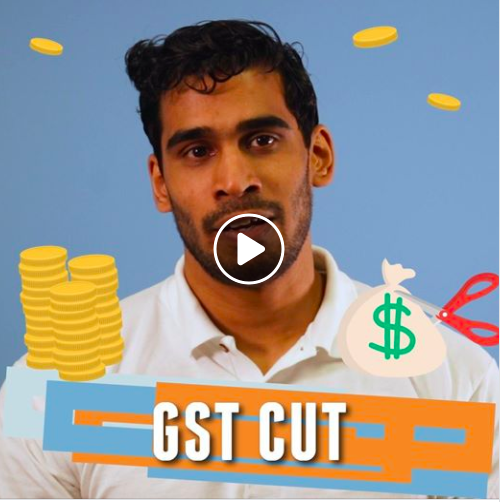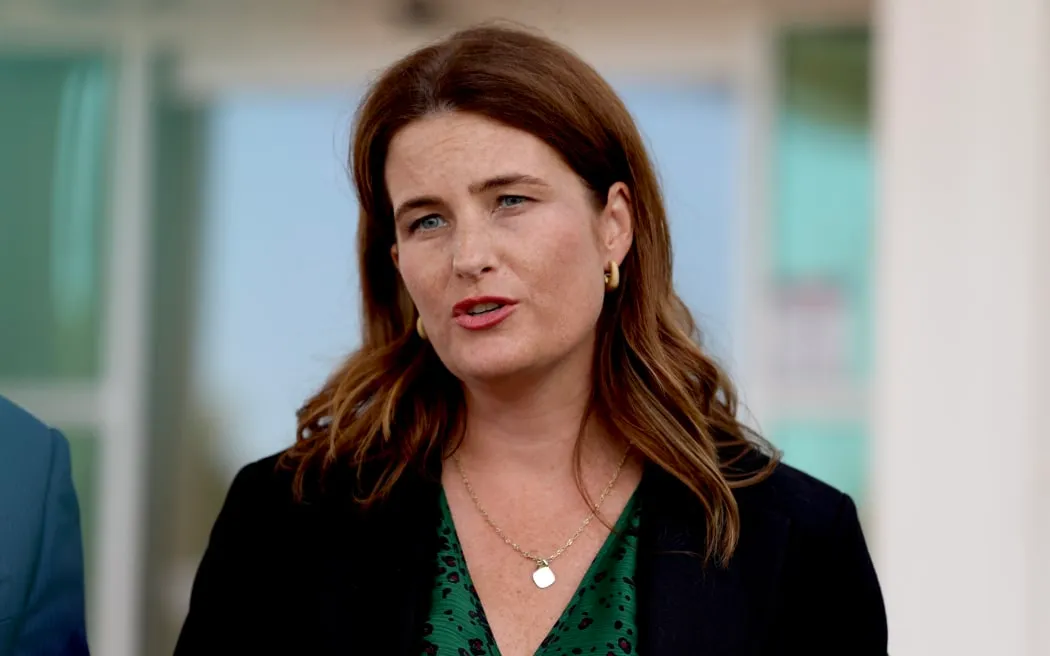Jordan Williams
Executive Director
New Zealand Taxpayers’ Union
In the nearly seven years I’ve been running the Taxpayers’ Union, it’s fair to say the last few weeks have been the strangest. We totally rewrote our election campaign strategy following COVID the first time. We scrapped the election “Bribe-O-Meter” (it was blown to bits following the spending in March alone!) to focus on the two things taxpayers ought to be most concerned about: (1) the eye-watering debt being racked up, and (2) the quality of spending flowing from the Beehive like confetti.
Now, with the election just 35 days away and postal voting opening in just 21 days, everything is up in the air yet again. For the political parties –unable to host meetings, knock on doors, and attend community events – the temptation to postpone the election is real. Of course, it is no better for any of the tens of thousands of business owners who haven’t got much sleep since Tuesday’s announcement.
Reserve Bank goes full “Social Credit”
In the drama unfolding here in Auckland, most New Zealanders will have missed the news on Wednesday that the Reserve Bank is extending its Large-Scale Asset Purchase programme and printing another $40 billion through buying Government bonds. To put $40 billion in perspective – it is approximately half the total amount spent by central government last year. Or put another way, that’s $21,858 per household.
Feeling richer yet?

Social Credit was once the butt of jokes. What’s really worrying is that our public finances are being transformed into a social credit model, without so much as it making the TV news.

An alternative to printing money for fiscal stimulus
The real issue for the Reserve Bank is that its usual tool to stimulate the economy – the official cash rate – is broken. We are verging on negative wholesale interest rates, and the bank is signalling that is probably the only path from here.
We’ve got an alternative. And it’s exactly what the United Kingdom did after the global financial crisis: a temporary cut to GST.
On Monday we published our briefing paper on the subject which you can read here. Karan has also made a short video explaining the benefits.

The case for cutting GST:
- A temporary cut in the rate of the GST from 15% to 10% would mimic what the United Kingdom Government did with VAT immediately following the Global Financial Crisis.
- With the official cash rate already close to zero, monetary policy has become increasingly ineffective as a stimulus tool. This has seen politicians propose fiscal interventions, such as the Government’s interest-free business loan scheme, but these interventions are often poorly targeted and create perverse incentives.
- Fortunately, our tax system already provides a sound, indiscriminate mechanism to encourage spending. A temporary cut to GST during the height of recession would encourage New Zealanders to bring forward consumption – similar to a cut in the official cash rate.
- We suggest a sunset clause kicking in after a year to avoid long-term deficit effects or politicians replacing the lost revenue with increases to more economically damaging taxes.
- The fiscal impact of a 12-month cut would be a $7.36 billion reduction in reduction in revenue for the Government. But this is likely to be more economically beneficial than spending the equivalent amount by Government.
- Taking money in tax results in inefficiencies of around 10 to 15% (this is called the ‘deadweight loss’). Cutting taxes, rather than increasing poor quality government spending, avoids those losses.
In short, we think cutting GST is a lot safer (and saner) than Adrian Orr’s plan to print money.
If you enjoyed this BFD article please share it.









